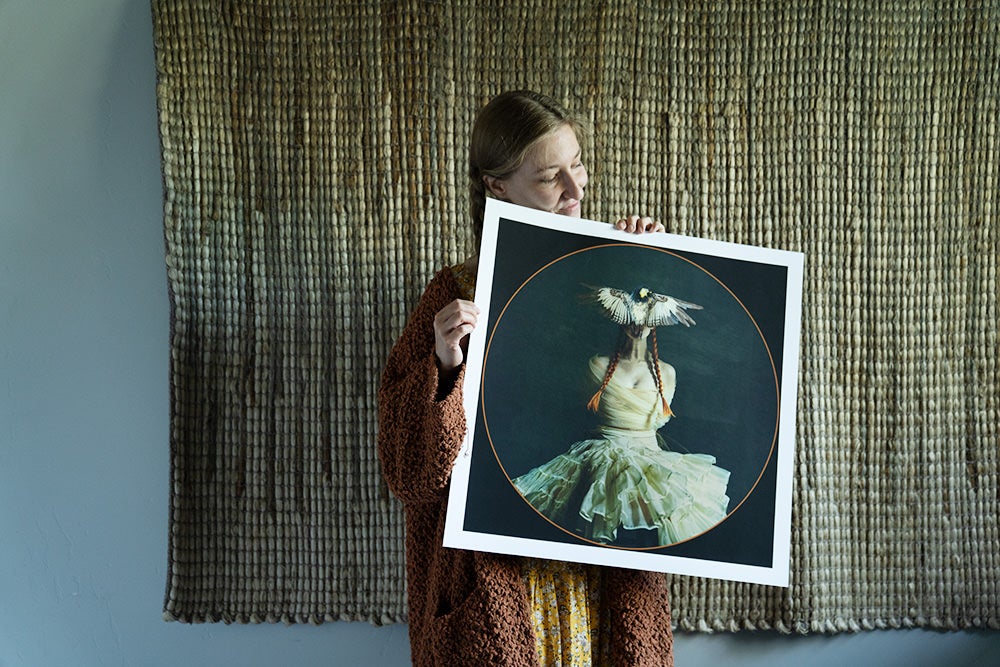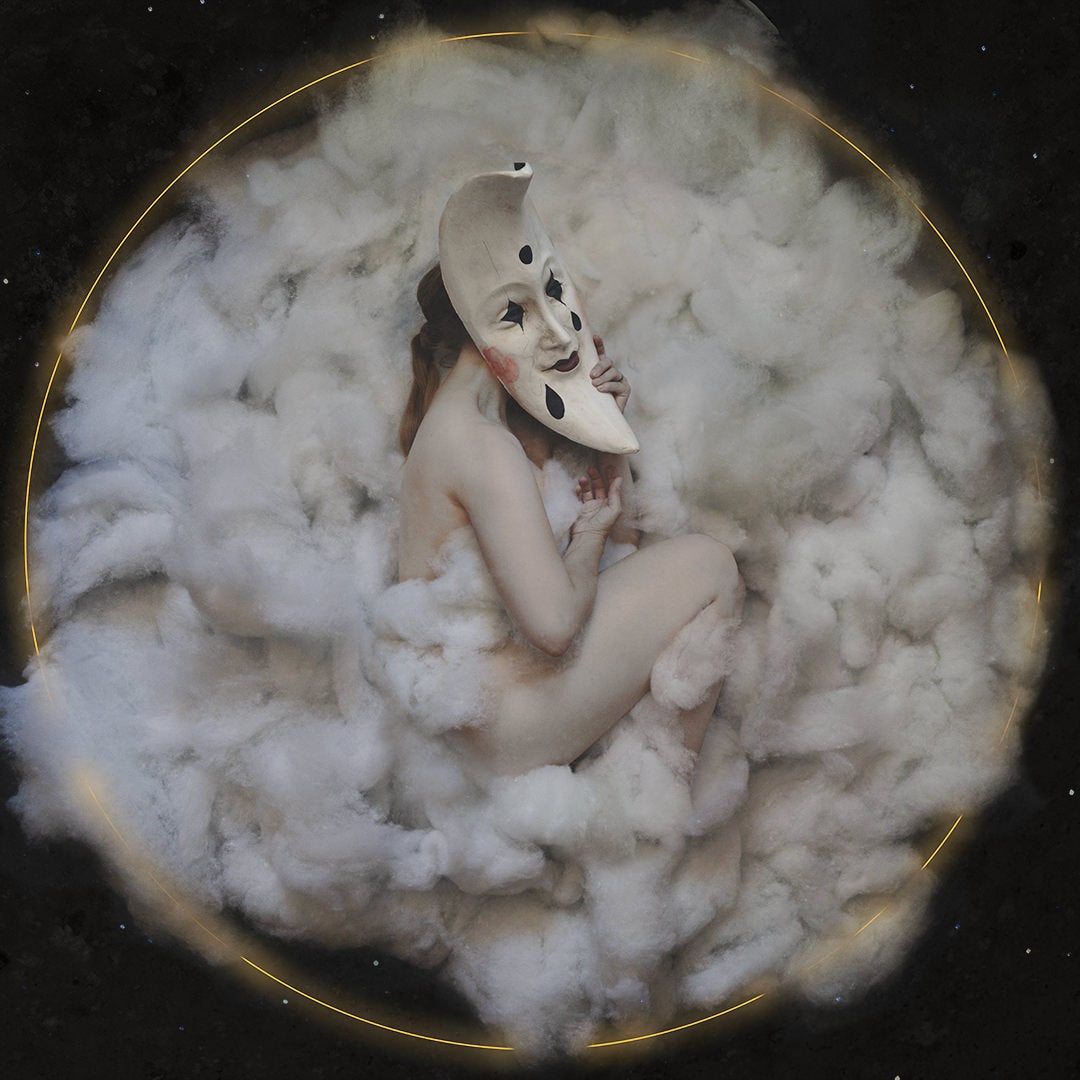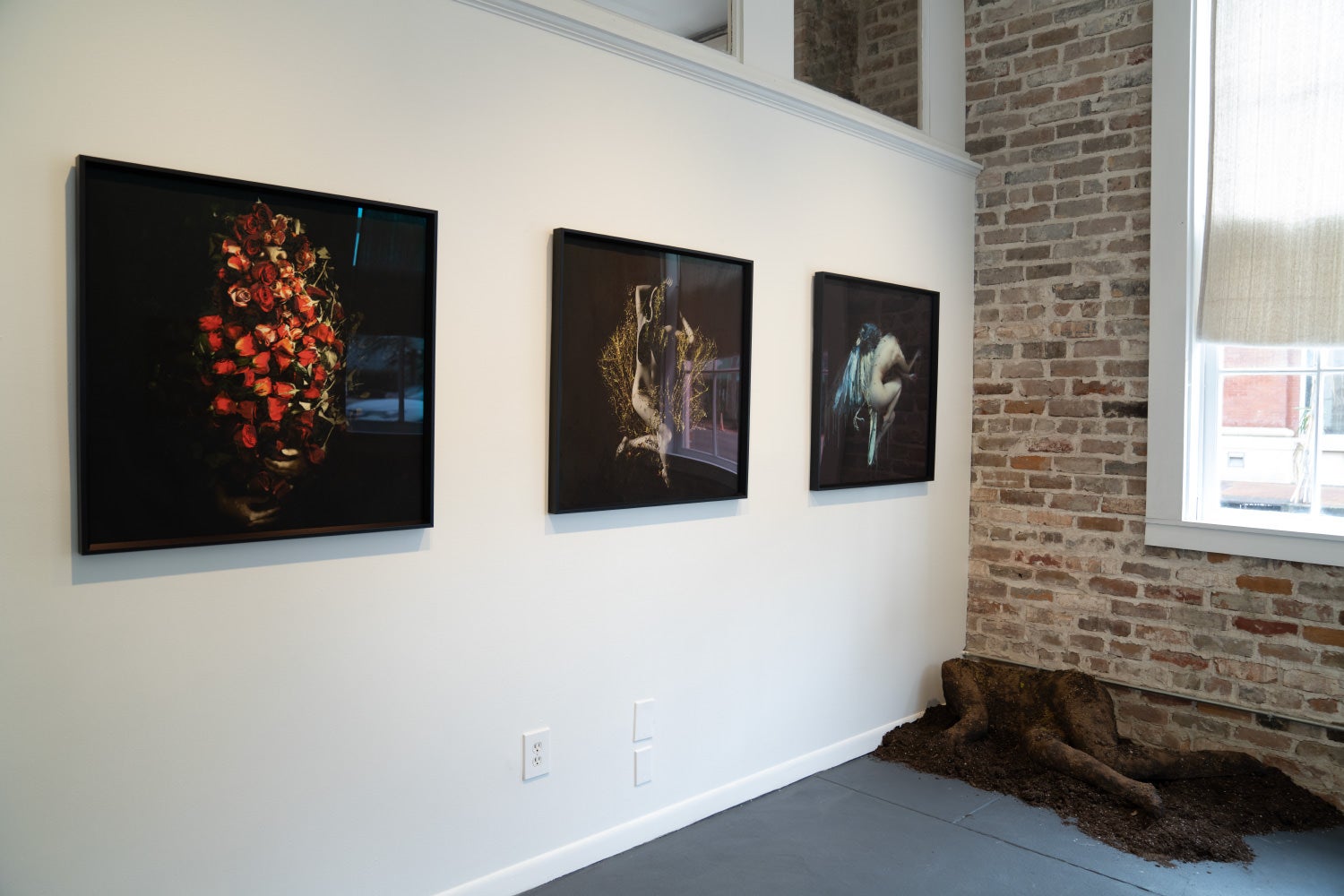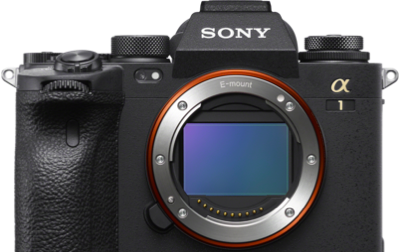Sony Artisan Brooke Shaden recently shared her 5 Tips To Get Started With A Personal Project to help us progress our crafts. Now she's back to tell us more about fine art and how you can make it a part of your creative journey. Read more below and make sure you join Shaden's Sony Alpha Female 52-Week Challenge in our Sony Alpha Female+ Facebook Group. Through April 2, 2026, you'll create a new piece of art weekly! You can also enter the weekly Alpha Female+ Micro Grant Contest for your chance to win $500.
What is fine art photography?
“Fine Art Photography” is one of those loaded, highfalutin phrases that seems to mean a lot more than it actually does. Seemingly reserved for those with higher education degrees, it feels like a genre of photography one must earn. The truth is far simpler.
Fine art constitutes work made for yourself first, and then perhaps gets sold after it is made. It is in direct contrast to commercial photography, where the client in some way dictates the outcome. Portrait photography is inherently commercial because the photographer must please the client in order to make sales. Fashion photography is commercial because the photographer is paid to make the fashion sell.
There are many gray areas. Take nature, wildlife, or landscape photography. Sometimes, a photographer will go out on assignment with the purpose of capturing something specific for a story, be it a magazine article, brand campaign, or something else where money is agreed upon upfront. However, many photographers will go out on their own volition to capture beautiful landscapes with no money on the table, and then later figure out how to sell that image.
If you don’t have a client, how does a photographer get paid later?

Sony Artisan Brooke Shaden
I work with galleries to make print sales to collectors during exhibitions. Some galleries represent my work, meaning they sell it year-round whether or not I have an exhibition up. I license my work for albums, book covers, labels, and more. Museums and institutions may also purchase the work for their private collections. You may also sell your own work online.
That may sound like it’s commercial because money is being exchanged, but the big differentiating factor is when you get paid. I create all of my work without any expectation of payment. No one asks me to make it. I wake up everyday and create because I am called to. In the case of licensing, my images may be bought in order to sell albums, books, and more, but because I got paid after I made the work, it is still fine art.
Certainly the only factor for is it or isn’t it fine art can’t just be money, and it’s not. There is also the intent behind the work. Intention plays a big role in categorization. A misconception is that fine art photography is the same as conceptual photography. It isn’t, because fine art doesn’t always lead with a concept. Some fine art work is abstract and may lead with an emotion but not a story or core idea.

“The Living Imagination” by Brooke Shaden, 2024
But often, the artist does have a specific intent for the fine art work they make, be it a certain emotion they want to portray, or a personal reason for making the work in the first place. If the intent is to advertise or sell, it probably isn’t fine art.
How do you get started with fine art photography?
1. Figure out your intention. What do you want to say with the work? What is pushing you to create it? Despite possibly never being paid for the work you’ll make, what gets you out of bed to do it anyway?
2. Is it completely personal? Fine art photography doesn’t ultimately have to be for anyone else. But if your intent is to share the work, consider taking a viewer into consideration. Let’s say you make the work and now it’s on display in a museum. Someone walks into the room and right up to your print on the wall. How do you want them to feel? Considering not only your own motivations for making the work, but how you want to impact others, is a great way to begin going deeper into fine art photography.
3. Technique and style matter. Fine art photography often connotes a highly stylized visual, whether it’s documentary, nature, conceptual, or something else. Figure out how your fine art work will differ from your other works, and what tools you will need to do that. Consider if you will print your work, and what camera will aid you best to make high quality prints.

“Samsara” by Brooke Shaden at Spillman Blackwell Fine Art, 2022
Why the Sony Alpha 7R V for fine art photography?
Since my fine art photography is often printed large in galleries and museums, I need my gear to produce beautiful large photographs. My camera of choice for fine art is the Sony Alpha 7R V because of its high resolution and high dynamic range. I’m able to produce big, no-grain, high quality archival pigment prints that meet the standard for museum collections.
If you’re considering trying out fine art, just remember: it’s not as scary as it sounds. At its core, fine art just means personal work.
See more of Brooke Shaden's work on her Alpha Universe Profile, on Instagram @brookeshaden and at brookeshaden.com.
join Shaden's Sony Alpha Female 52-Week Challenge in our Sony Alpha Female+ Facebook Group. Through April 2, 2026, you'll create a new piece of art weekly! You can also enter the weekly Alpha Female+ Micro Grant Contest for your chance to win $500.

